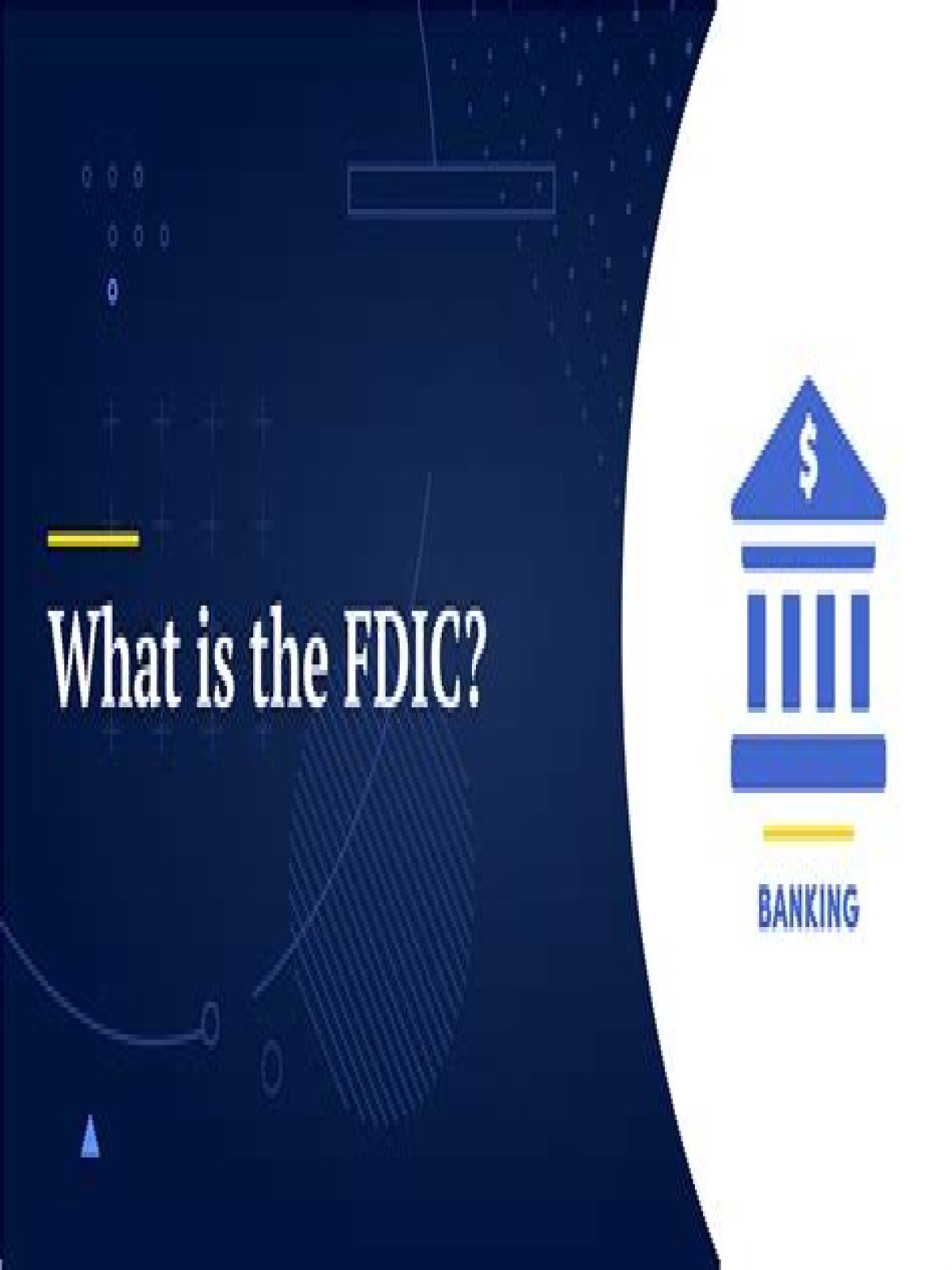Considering this, how did the FDIC help the Great Depression?
The FDIC Was Created by the New Deal The FDIC was created by the 1933 Glass-Steagall Act. Its goal was to prevent bank failures during the Great Depression. A few bank failures had snowballed into a banking panic. Many banks had invested depositors' funds in the stock market, which crashed in 1929.
Similarly, is the FDIC important? The FDIC helps protect insured deposits when an FDIC-insured financial institution fails and has helped restore stability of the banking system twice in the past 35 years.
Keeping this in consideration, was the FDIC successful?
Within six months of the creation of the FDIC, 97% of all commercial bank deposits were covered by insurance. The FDIC has been a successful institution because it solved a well-defined problem--uncertainty about the solvency of the banks.
How does the FDIC protect your money?
The Federal Deposit Insurance Corp., or FDIC, insures deposits of virtually all U.S. banks and savings and loan institutions up to $250,000 per customer (individual or business) in the event of a bank failure. Retirement accounts are insured up to $250,000.
